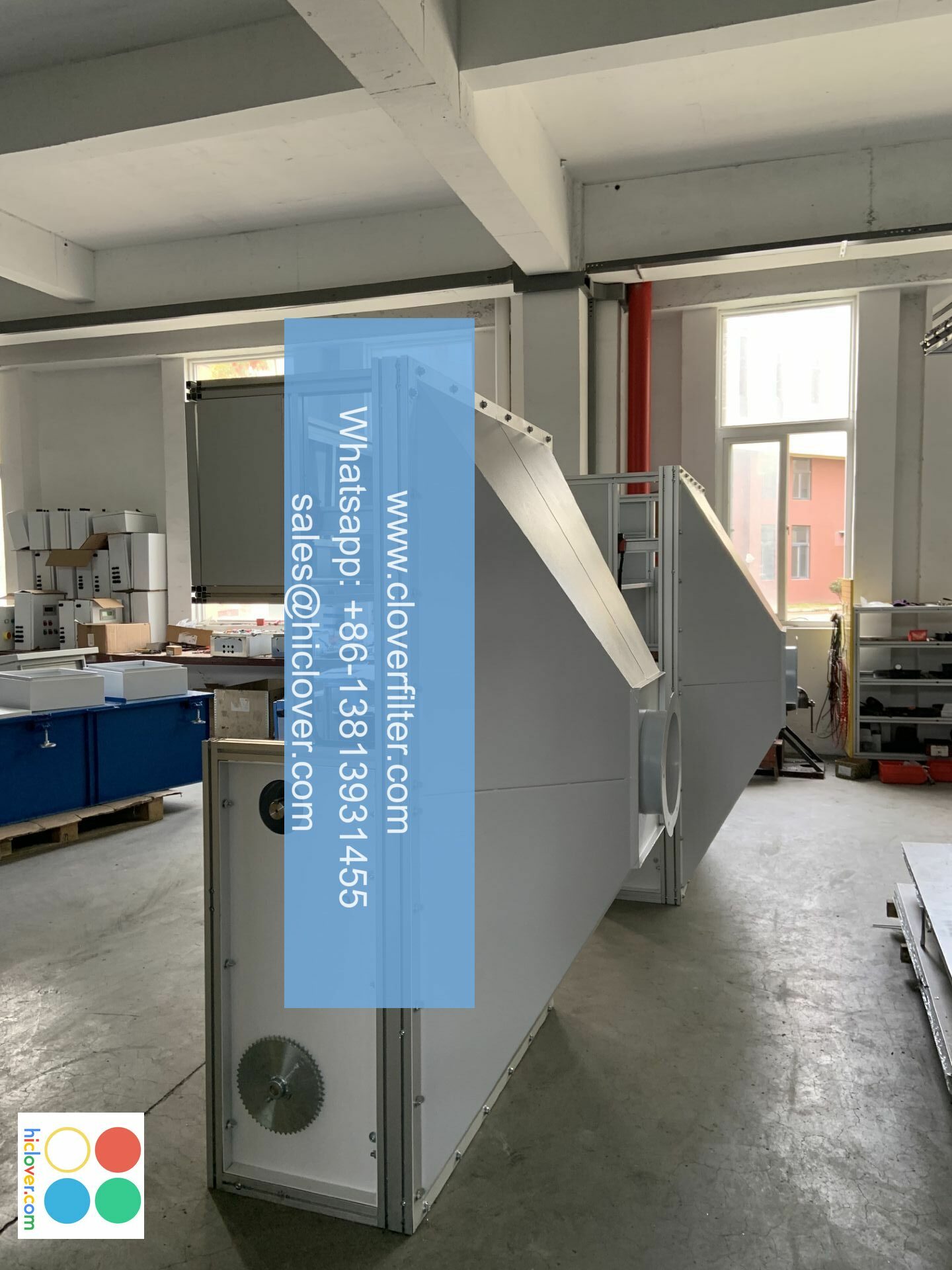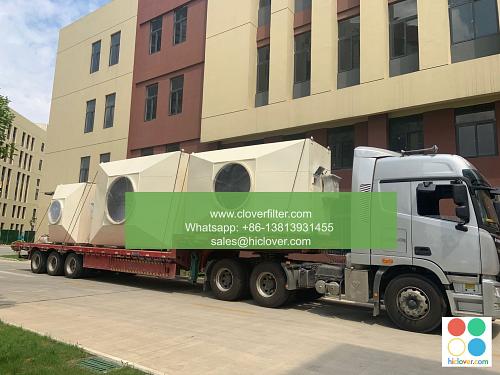The Role of Pre-Filters in Air Filter Systems

The Role of Pre-Filters in Air Filter Systems: A Closer Look
Air filter systems are an essential part of many industrial, commercial, and residential settings, as they help remove dust, dirt, and other contaminants from the air to improve indoor air quality. While air filters are designed to capture a range of particles and pollutants, they often rely on pre-filters to do the initial heavy lifting. In this article, we’ll explore the role of pre-filters in air filter systems, highlighting their importance, benefits, and various application areas.
What are Pre-Filters?
Pre-filters, also known as pre-treatment mechanisms, are designed to capture larger particles, such as hair, lint, and other debris, before they reach the main air filter. These pre-filtration devices are typically installed upstream of the main air filter and are designed to reduce the risk of clogging and premature fouling of the downstream air filter.
How Do Pre-Filters Work?
Pre-filters work by using a combination of filter media, such as fibrous materials, activated carbon, and other technologies, to remove larger particles and contaminants from the air. These filters can be designed to capture particles as small as 5-10 microns, which is significantly smaller than the size of the human hair follicle.
Benefits of Pre-Filters
The benefits of using pre-filters in air filter systems are numerous:
- Improved Air Filter Performance: By removing larger particles and contaminants, pre-filters help ensure that the main air filter performs optimally, extending its lifespan and reducing the risk of premature fouling.
- Reduced Energy Consumption: Pre-filters can help reduce energy consumption by reducing the load on the main air filter, which means less fan energy is required to push air through the system.
- Increased System Reliability: Pre-filters help prevent clogging and fouling, which can lead to system downtime and maintenance issues.
- Lower Maintenance Costs: By reducing the amount of debris and contaminants that reach the main air filter, pre-filters can help reduce maintenance costs associated with filter replacements and cleaning.
Application Areas for Pre-Filters
Pre-filters are used in a wide range of applications, including:
- HVAC Systems: Pre-filters are commonly used in heating, ventilation, and air conditioning (HVAC) systems to remove dust, dirt, and other contaminants from the air.
- Industrial Processes: Pre-filters are used in industrial processes, such as textile manufacturing, food processing, and chemical processing, to remove impurities and contaminants from the air.
- Commercial and Residential Spaces: Pre-filters are used in commercial and residential buildings to remove allergens, dust, and other pollutants from the air, improving indoor air quality and reducing the risk of respiratory issues.
- Agricultural and Livestock Operations: Pre-filters are used in agricultural and livestock operations to remove dust, dirt, and other contaminants from the air, improving air quality and reducing the risk of respiratory issues.
In conclusion, pre-filters play a critical role in air filter systems, helping to remove larger particles and contaminants before they reach the main air filter. By improving air filter performance, reducing energy consumption, increasing system reliability, and lowering maintenance costs, pre-filters are an essential component of many air filter systems. Whether used in HVAC systems, industrial processes, commercial and residential spaces, or agricultural and livestock operations, pre-filters are an important consideration for anyone seeking to improve indoor air quality and reduce the risk of respiratory issues.
I’m here to help! What’s your prompt? Do you have a specific question, topic, or idea you’d like to discuss? Or would you like me to suggest some ideas?

